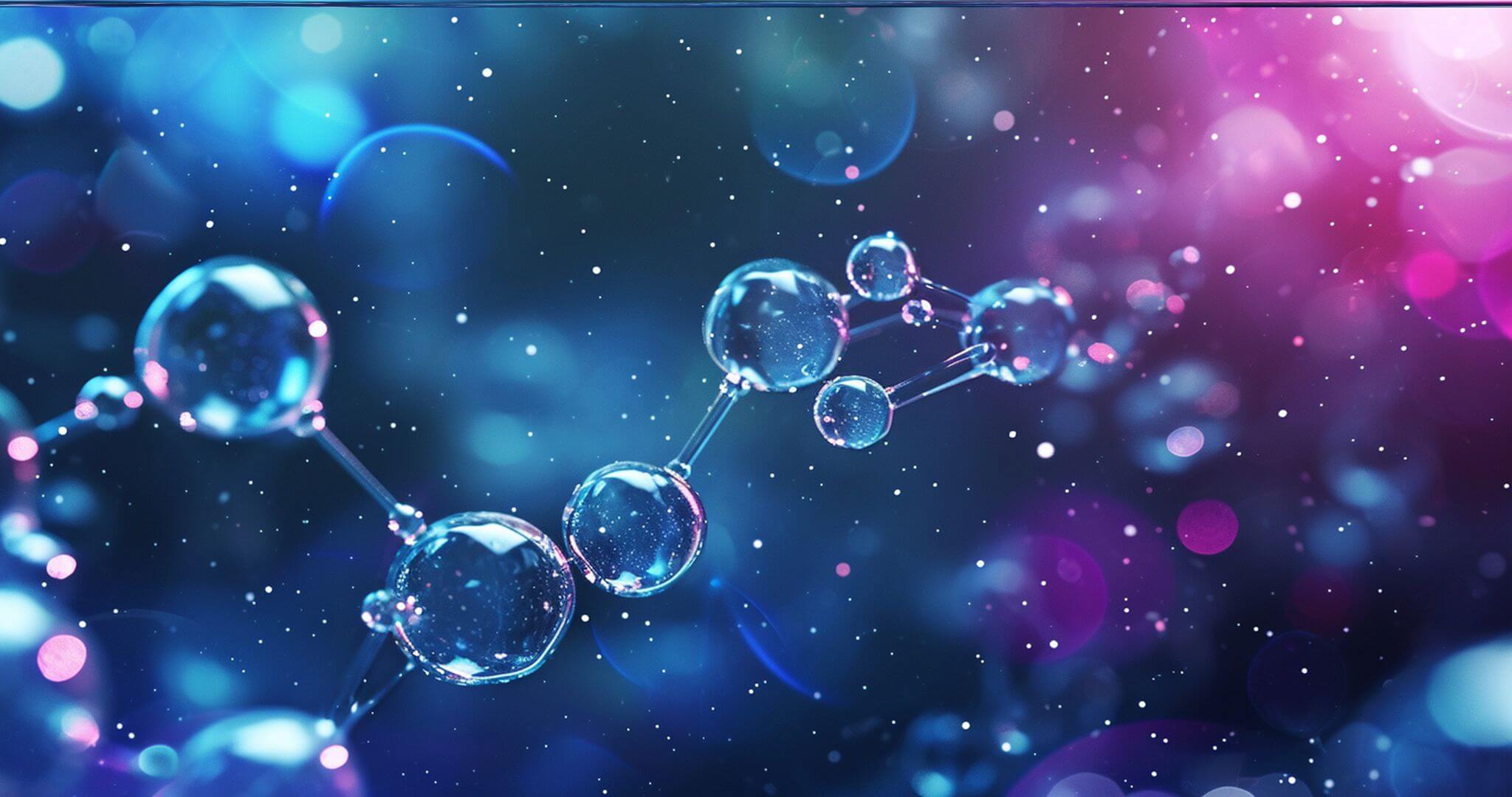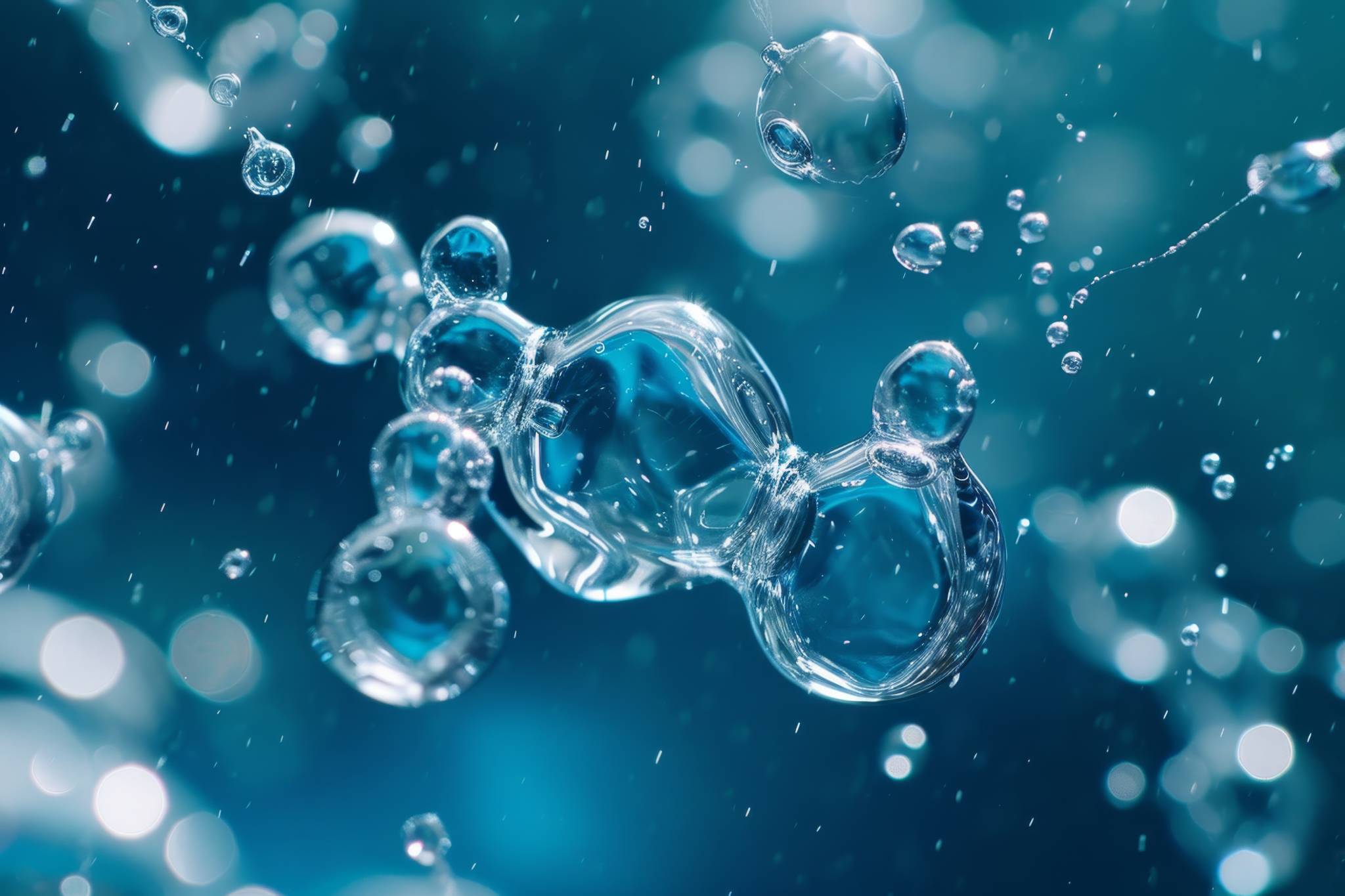Oxidized Glutathione
If you’ve read any of our other posts, you know glutathione (GSH) is one of our most powerful allies in the fight against free radicals and the oxidative stress they cause. But did you know it works in two different forms? Oxidized glutathione (GSSG) also plays a crucial role in protecting our cells, boosting our health, and can even help improve your skin!
Oxidized Glutathione In Our Bodies
GSH vs GSSG
When discussing glutathione, we usually refer to its reduced form with the acronym “GSH”. When GSH becomes oxidized, its molecular structure changes into Glutathione Disulfide, aka “GSSG”.
How Glutathione Gets Oxidized
Glutathione becomes oxidized through the same chemical reaction that disarms free radicals.
Free radicals are also called Reactive Oxygen Species (ROS) because they have a free oxygen molecule that is highly unstable and seeks out other molecules to attach to. Glutathione (GSH) attaches to ROS first and removes this extra oxygen so that the ROS can be safely eliminated by the body. What’s left is GSSG: glutathione with a little extra oxygen.
Recycling GSSG Back into GSH
Humans, animals, and plants have enzymes called Glutathione-Disulfide Reductase (GDR) and Glutathione Peroxidase (GPx) that trigger GSSG molecules to break into two GSH molecules, thus protecting our precious supply of glutathione.
As a result of these reactions, dangerous ROS like hydrogen peroxide instead become GSH and water, protecting our cells and making the most of our antioxidants!
What Oxidized Glutathione Does For Us
GSSG is gaining increasing attention from medical researchers as a tool for assessing our health and helping our skin.
Using Oxidized Glutathione as a Diagnostic Tool
We know that lower GSH and higher GSSG leads to an increase in reactive oxygen species, which then inhibits cells from functioning and reproducing as they should. So by studying the ratio of GSH to GSSG iin different situations, we can better determine levels of oxidative stress and how well cells are functioning overall.
This not only helps us monitor individuals’ health, but can also help us figure out how well medications and other treatments are working. As researchers Joshua Owen and D Allen Butterfield put it:
“The ratio of reduced GSH to oxidized GSH (GSSG) is an indicator of cellular health, with reduced GSH constituting up to 98% of cellular GSH under normal conditions…Measuring the GSH/GSSG ratio…is an excellent way to assess potential therapeutics efficacy in maintaining cellular redox potential.”
Here’s just a few examples of how GSSG can help:
- In a study of pregnant women with preeclampsia, researchers found higher levels of oxidative stress and oxidized glutathione in the placenta and fetus. This could indicate that fetal antioxidant systems play a role in this condition.
- Adolescents with obesity and/or anemia showed a higher GSH/GSSG ratio and elevated glutathione peroxidase (GPx).
- People with Autism Spectrum Disorder also show higher levels of GSSG, indicating issues with cell redox and tendency for oxidative stress.
Oxidized Glutathione for Skincare
There is evidence, like this study using lotion with oxidized glutathione, that GSSG can lead to noticeably lighter skin over time. In fact, GSSG is now being sold as an active cosmetic ingredient for skin lightening.
However, given that GSSG recycles back into GSH, it’s still unclear if GSSG can do a better job at this than transdermal GSH formulations like ours.
Oxidized Glutathione and You
It’s clear that oxidized glutathione plays an important part in our natural detoxification processes. To make sure your defenses are the best they can be, be sure to eat foods rich in amino acids and consider supplementing your glutathione with Auro’s patented Glutaryl spray.
Transdermal sprays and creams are the best way to get extra GSH, particularly when they are made with our sub-nanotechnology, which delivers GSH in a highly absorbable form. They are safe, easy-to-use, and made with the best manufacturing processes available.
To learn more about GSH’s role in the cell redox cycle, check out “All About Glutathione” or get the full story on this miracle molecule in Auro founder Dr. Nayan Patel’s Glutathione Revolution!




